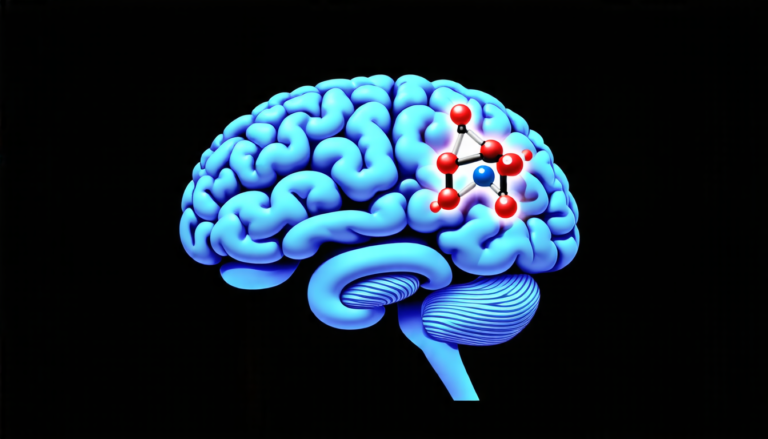Thursday 27 March 2025
The quest for a more accurate prediction of nonsense-mediated mRNA decay has been ongoing, and recent research has made significant strides in this area. By combining sequence embeddings with curated biological features, scientists have developed a machine learning framework that can accurately predict the efficiency of this vital process.
Nonsense-mediated mRNA decay is a crucial mechanism that ensures the integrity of the transcriptome by eliminating mRNAs containing premature termination codons. However, predicting its efficiency has proven challenging due to the complexity of the underlying biology and the limited availability of relevant data. Previous approaches have relied on simplistic rules or limited feature sets, leading to suboptimal performance.
The new framework, dubbed NMDEP (Nonsense-Mediated mRNA Decay Efficiency Predictor), leverages a combination of sequence embeddings from Orthrus and curated biological features to improve prediction accuracy. By integrating these components, NMDEP can capture the nuances of nonsense-mediated mRNA decay with greater precision than previous methods.
One key innovation is the inclusion of sequence embeddings, which are generated using Orthrus’s protein language model. These embeddings provide a rich representation of the underlying biology, allowing NMDEP to better account for the complex interactions between nucleotides and their effects on nonsense-mediated mRNA decay.
In addition to sequence embeddings, NMDEP incorporates a range of curated biological features that have been shown to influence nonsense-mediated mRNA decay. These include factors such as variant position, conservation scores, and ribosome loading, among others. By combining these features with the sequence embeddings, NMDEP can generate a more comprehensive understanding of the underlying biology.
The performance of NMDEP was evaluated using a large-scale dataset of simulated stop-gain variants across 18,372 unique transcripts. The results showed that NMDEP outperformed rule-based and embedding-only models, achieving state-of-the-art predictive accuracy.
The implications of this research are significant, as it has the potential to improve our understanding of nonsense-mediated mRNA decay and its role in disease. By developing more accurate predictive models, scientists can better identify genetic variants associated with altered transcript stability and their corresponding phenotypic effects.
In practical terms, NMDEP could be used to prioritize pathogenic stop-gain variants for further investigation, ultimately informing the development of targeted therapies for diseases such as cancer and neurodegenerative disorders. The framework’s ability to integrate diverse biological features also makes it a powerful tool for researchers seeking to understand the complex interplay between genetic variation and disease.
Cite this article: “Accurate Prediction of Nonsense-Mediated mRNA Decay Efficiency”, The Science Archive, 2025.
Mrna Decay, Nonsense-Mediated Mrna Decay, Machine Learning, Sequence Embeddings, Biological Features, Orthrus, Predictive Modeling, Genetic Variants, Transcript Stability, Disease Prediction







